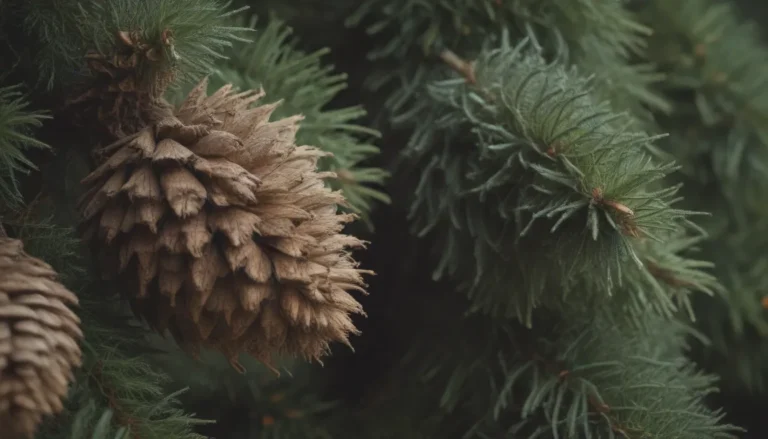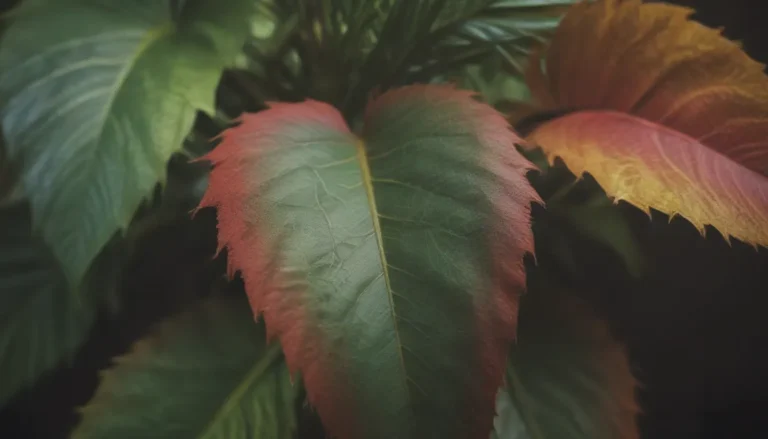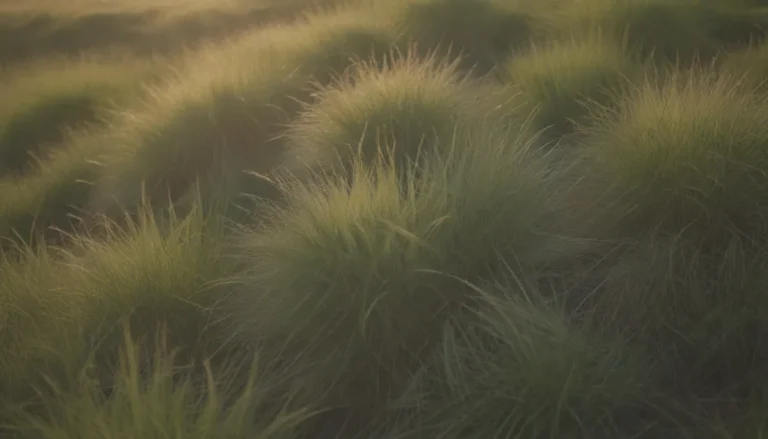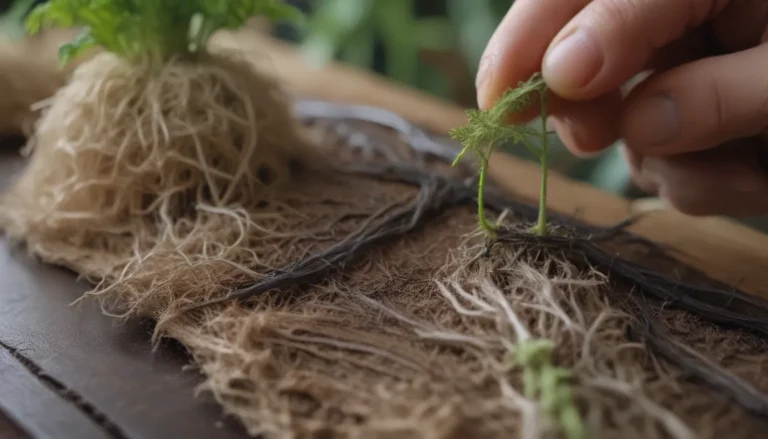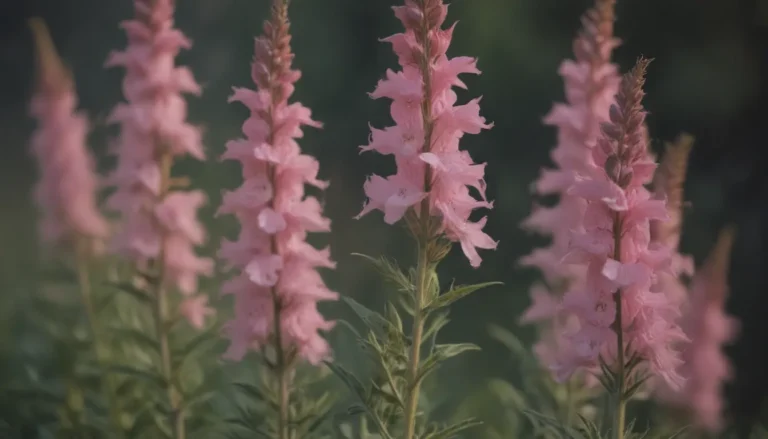Growing and Caring for Olive Trees Indoors: A Comprehensive Guide

Are you a plant lover looking to bring the beauty of olive trees into your home? Olive trees are not only valued for their attractive silvery evergreen foliage but can also be grown indoors as non-flowering and non-fruiting ornamentals. While indoor growing has its limitations compared to outdoor landscapes, with the right care and attention, you can successfully grow and maintain olive trees in your home.
Can You Grow Olive Trees Inside?
The key to successfully growing olive trees indoors lies in providing them with the right amount of sunlight. As native to the Mediterranean basin, olive trees thrive on direct sunlight. If you have a suitable spot in your home, such as a south-facing window, you can create a conducive environment for your indoor olive tree. Additionally, choosing a compact or dwarf variety like ‘Little Ollie’ (Olea europaea ‘Montra’) can help you maximize space while enjoying the beauty of an olive tree indoors.
Indoor Olive Tree Care
Caring for an indoor olive tree is relatively simple, as long as you meet a few key requirements to ensure its health and vitality.
Light
Olive trees require at least six hours of direct sunlight per day. Placing your tree near a large south-facing window is ideal, ensuring it receives the necessary sun exposure. Remember to turn the pot 90 degrees weekly to promote equal light distribution on all sides. In cases where natural light is insufficient, consider setting up a grow light to provide the required sunlight for optimal plant growth.
Temperature and Humidity
Maintain a room temperature between 65 and 80 degrees Fahrenheit for your indoor olive tree. While olive trees can withstand dry air, avoid placing them near heat vents or radiators to prevent excessive drying. Keep the humidity level around 40% to create a comfortable environment for your plant.
Watering
Consistent watering is crucial for potted olive trees. Check the soil moisture regularly, ensuring it never fully dries out but also avoiding overwatering. When watering, do so slowly and deeply until the soil is adequately soaked. During the winter months when the tree is dormant, adjust the watering frequency based on the soil’s dryness.
Fertilizer
While olive trees are generally light feeders, indoor potted olives may require slightly more fertilizer due to nutrient loss in the potting soil. During the growing season, feed your tree once a month with a balanced slow-release houseplant fertilizer. Follow the label instructions for the right amount and frequency of fertilization. Remember to stop fertilizing in the fall and during the tree’s dormancy period in winter.
Pruning and Maintenance
Regular pruning is essential to maintain the health and shape of your indoor olive tree. Prune in the spring to encourage bushy growth and ensure adequate sunlight exposure and air circulation throughout the plant. Remove spindly branches and thin out dense areas to promote overall plant health.
Container and Size
Choosing the right container is crucial for the health of your indoor olive tree. Opt for a 16 to 20 inch deep container with excellent drainage to prevent waterlogging. If using a plastic pot, consider placing it inside a larger container during outdoor summer months to insulate the roots and regulate temperature fluctuations. Remember to elevate the container to allow proper drainage and airflow around the root system.
Potting Soil and Drainage
Use a well-draining potting mix or cactus potting mix for your olive tree. Avoid adding compost or mulch to prevent moisture retention, which can be detrimental to olive trees. Incorporating perlite, bark chips, or small gravel into the soil mix can improve drainage and aeration, promoting healthy root growth. Consider adding gravel at the bottom of the pot for added stability, especially in lightweight containers.
Potting and Repotting Olive Trees
Monitor your olive tree for root growth, and repot when the roots outgrow the container or start growing out of the drainage holes. Repotting every two to three years is typically sufficient for slow-growing olive trees. When repotting, ensure the new container is appropriately sized, with the stem positioned above the soil level to prevent root rot.
Moving Olive Trees Outdoors for the Summer
If possible, move your indoor olive tree outdoors during the warmer months to provide it with ample sunlight and fresh air. Acclimate the tree gradually to outdoor conditions to prevent shock, starting in a sheltered spot before placing it in its final summer location. Remember to bring the tree back indoors when nighttime temperatures drop below 40 degrees Fahrenheit in the fall.
Overwintering
When transitioning your olive tree back indoors for the winter, acclimate it gradually to lower light conditions. Monitor for pest infestations like ants, scale insects, and spittlebugs, and treat accordingly to prevent bringing pests inside. Avoid exposing the tree to cold temperatures below 50 degrees Fahrenheit for prolonged periods to maintain its health and vitality.
Conclusion
In conclusion, growing and caring for olive trees indoors can be a rewarding experience with the right knowledge and attention to detail. By providing adequate sunlight, proper watering, fertilization, and maintenance, you can enjoy the beauty of olive trees in your home environment. Remember to consider the specific needs of your olive tree regarding light exposure, temperature, and humidity to ensure its long-term health and growth. With the tips and guidelines outlined in this comprehensive guide, you can successfully cultivate and nurture an indoor olive tree that will thrive for years to come. Happy growing!
